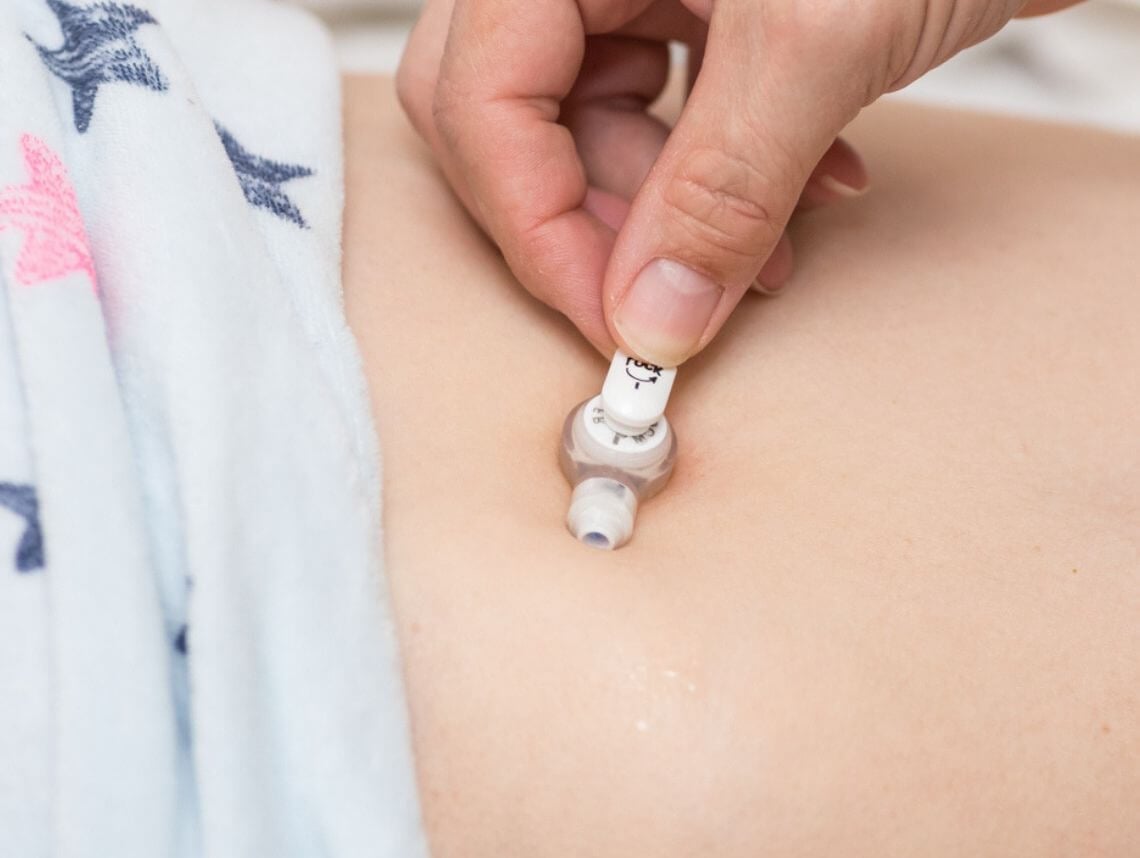
Image Source: Google
Dealing with a jejunostomy or gastrostomy tube can be overwhelming for patients and caregivers. These tubes are used to provide nutrition and medication directly into the stomach or small intestine when a person is unable to eat or swallow normally. Understanding how to care for and manage these tubes is crucial for ensuring the health and well-being of the individual relying on them.
This comprehensive guide aims to provide patients and caregivers with the information they need to navigate the world of jejunostomy and gastrostomy tubes effectively.
Understanding Jejunostomy and Gastrostomy Tubes
Jejunostomy Tube
- A jejunostomy tube is a tube inserted through the abdomen and into the jejunum, which is part of the small intestine.
- It is used to provide nutrition and medication directly into the small intestine.
- Jejunostomy tubes are typically used when a patient is unable to tolerate feeding into the stomach or has issues with stomach emptying.
Gastrostomy Tube
- A gastrostomy tube is a tube inserted through the abdomen and into the stomach.
- It is used to provide nutrition and medication directly into the stomach.
- Gastrostomy tubes are commonly used for long-term feeding in patients who are unable to eat or swallow normally.
Caring for Jejunostomy and Gastrostomy Tubes
Cleaning and Maintenance
- Wash your hands thoroughly before handling the tube.
- Clean around the tube site with soap and water daily, and pat dry gently.
- Rotate the tube frequently to prevent it from sticking to the skin.
- Regularly check the tube for signs of infection, such as redness, swelling, or discharge.
Feeding and Medication Administration
- Follow the prescribed feeding schedule and formula as instructed by your healthcare provider.
- Use a syringe to administer medications into the tube, flushing with water before and after each medication to prevent clogging.
- Elevate the head of the bed during and after feeding to help prevent reflux.
- Monitor for any signs of intolerance to the feeding or medications, such as nausea, vomiting, or abdominal pain.
Potential Complications and When to Seek Medical Help
Complications
- Displacement or dislodgement of the tube
- Infection at the insertion site
- Clogged tube preventing proper nutrition delivery
- Skin irritation or breakdown around the tube site
Seeking Medical Help
- If the tube becomes dislodged or misplaced, seek immediate medical attention.
- If you notice signs of infection, such as redness, swelling, or warmth around the tube site, contact your healthcare provider.
- If the tube becomes clogged and you are unable to clear it, seek assistance from your healthcare provider.
- If you experience persistent abdominal pain, vomiting, or other concerning symptoms, contact your healthcare provider.
Lifestyle Considerations with Jejunostomy and Gastrostomy Tubes
Diet and Hydration
- Follow the recommended diet plan provided by your healthcare provider to ensure proper nutrition.
- Stay hydrated by drinking water between feedings, if allowed by your healthcare provider.
- Avoid foods or beverages that may cause blockages or discomfort when using the tube.
Physical Activity
- Engage in light physical activity as tolerated to promote overall well-being.
- Avoid activities that may put excessive strain on the tube or abdomen.
- Consult with your healthcare provider before starting any new exercise routine.
Emotional Support
- Seek support from family, friends, or a counselor to cope with the emotional challenges of living with a jejunostomy or gastrostomy tube.
- Join a support group or online community to connect with others who are going through similar experiences.
- Practice self-care activities, such as meditation or relaxation techniques, to reduce stress and anxiety.
Conclusion
Managing a jejunostomy or gastrostomy tube requires diligence, patience, and proper education. By understanding the purpose of the tube, how to care for it, and when to seek medical assistance, patients and caregivers can navigate this aspect of healthcare with confidence. Remember to follow your healthcare provider's instructions closely and reach out for support when needed. With the right knowledge and support system in place, living with a jejunostomy or gastrostomy tube can become a manageable part of daily life.